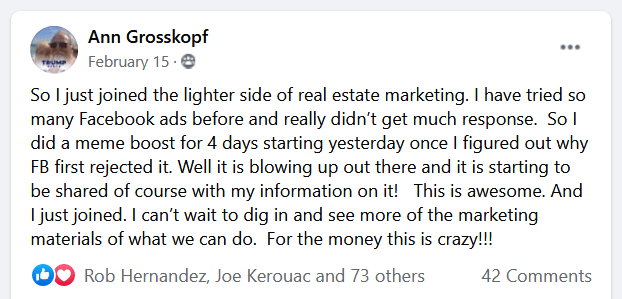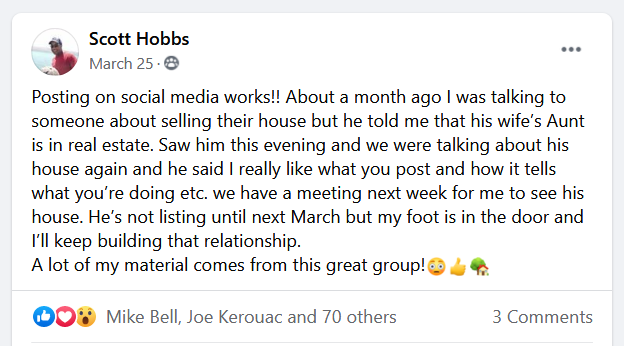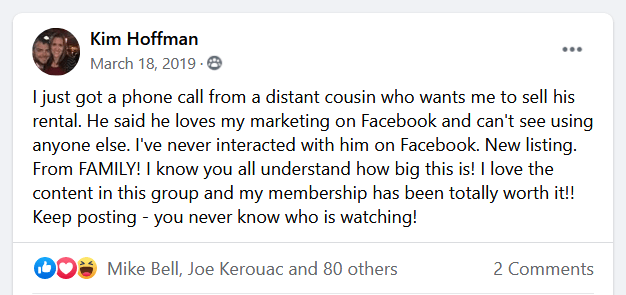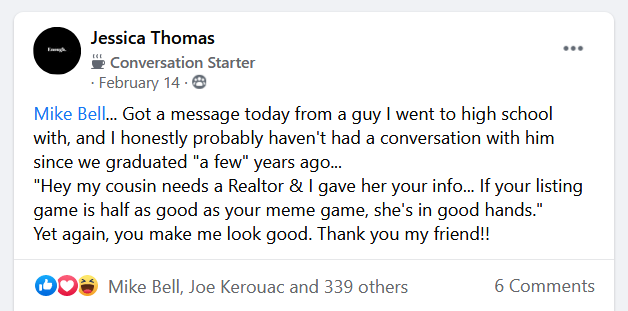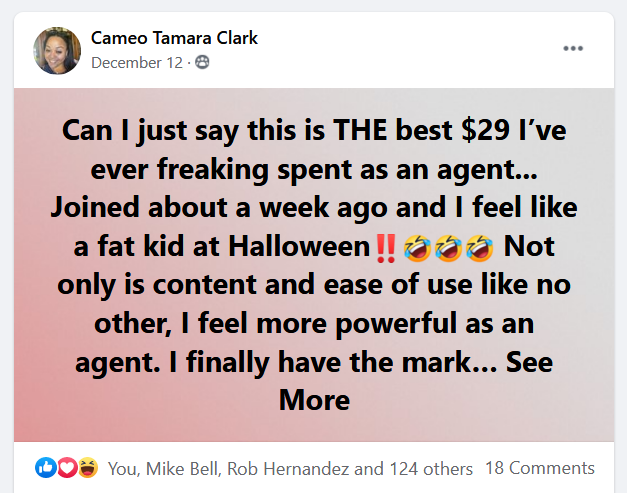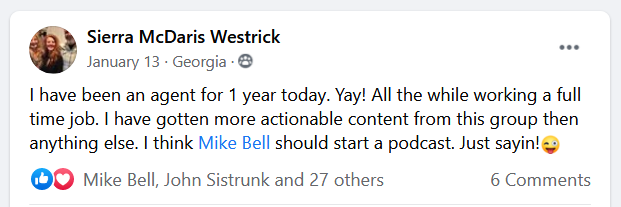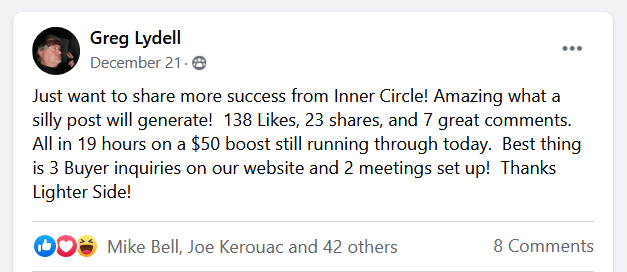
7 Ways To Post About Real Estate Without Boring Your Audience To Tears
Real estate agents need help with social media. I know, because I used to be one who needed it. I’m Mike Bell. If you’re not



Every now and then, a new real estate “trend” makes headlines that sounds more like a reality show concept than an everyday practice. (Like when Bravo launched Buying It Blind, where home buyers handed over their finances and let complete strangers pick and purchase a home for them…sight unseen.)
So it wouldn’t be all that surprising if you read this recent realtor.com article and wondered if it was a far-fetched TV show concept, or an actual homebuying trend to consider if you’re buying or selling in the near future.
It’s being called the “try before you buy” approach. The idea is that spending a night in the home gives buyers a better sense of how it feels to live there.
But before you start fluffing the guest pillows or packing an overnight bag, it’s worth pausing to ask: is this really a trend, or just a handful of stories about people who can afford to experiment?
If you squint just right, the idea of a “try before you buy” house sleepover might start to make sense when compared to buying a car. After all, before you commit to a new set of wheels, you take it for a test drive.
You adjust the seats, fiddle with the mirrors, maybe even blast some music to see how it sounds. You turn the steering sharply, tap the brakes, and sometimes just roll down the windows or open the sunroof to feel the wind in your hair.
The owner might even let you take it for a quick spin on your own, without them sitting awkwardly in the passenger seat.
But no one would hand over the keys for a weekend just to see how it fits in your garage or what it’s like to wake up and head to work in it the next day. Cars are personal and valuable too, but everyone knows there are limits.
A home is even more personal and far more complex. It’s entirely someone’s private space, full of memories, valuables, and liability concerns. You can’t just “take it for a spin,” promise to return it intact, and call it a day.
That’s why sellers shouldn’t feel pressured to let anyone spend the night, and buyers shouldn’t assume they can test-drive a house like a convertible. There are plenty of other ways to figure out if a home is right without crashing on the guest bed.
Despite what the headlines might suggest, house sleepovers probably aren’t about to become the latest rage in real estate. They make for a good story, but in reality, most sellers and buyers will never encounter this scenario.
Why? Because most sellers are still living in their homes, and the idea of inviting a stranger to spend the night is, understandably, a non-starter. For one, it’s just not practical. It’s difficult enough to get out of the house for a half-hour long showing. But beyond that, there’s a lot of potential liability and legal issues to consider.
While some buyers might like the idea of an overnight stay in what could be their potential home, it’s also unlikely that most have the time to do it, and would probably find the prospect awkward, impractical, or even a little stressful.
That’s not to say requests won’t happen. A buyer might ask, especially if they’ve heard about it in the news or seen it on TV, but sellers don’t have to say yes. And for buyers, there are plenty of effective, practical ways to get comfortable with a home without ever spending the night.
As unusual as the request sounds, sellers should know it could come up. A buyer might ask for an overnight or extended stay, especially in higher-end markets or slower conditions where they’re trying to feel confident before committing.
If it happens, don’t feel pressured to agree. A firm but polite “no” is completely appropriate — and often the wisest response.
Here’s why:
If you want to accommodate a serious buyer without crossing that line, consider offering a longer second showing, allowing them to revisit with family, or scheduling a visit at a different time of day. Those gestures show flexibility without taking unnecessary risks.
Buyers understandably want to feel certain before making a major purchase. Spending the night might sound like the ultimate way to “get a feel” for a home, but it’s neither common nor necessary.
There are plenty of ways to learn what living in a property might be like without bringing an overnight bag:
Ultimately, the best way to build confidence in your purchase is through diligence, not sleepovers. Ask questions, take your time, and rely on your agent to help you navigate the details.
The Takeaway:
The idea of “trying before you buy” might sound intriguing — and it certainly makes for great headlines — but home sleepovers aren’t poised to become a real estate norm anytime soon. What’s being presented as a trend is really just a handful of one-off examples that make for fun reading, not a new standard practice.
For sellers, the takeaway is simple: you don’t have to hand over the keys for an overnight stay to make a sale. Protecting your privacy, security, and peace of mind should always come first.
And for buyers, there are far safer, smarter, and more practical ways to understand a home’s livability — from repeat visits and neighborhood drive-bys to thorough inspections and open communication with your agent.

(Shh, our secret)
Show your sphere your an expert. We have over 2050 articles covering every real estate topic your audience will love.
Position yourself as a real estate authority!
Real estate + topical events — the perfect match!
Become the bearer of good vibes!
Because hey, everyone loves to laugh!



Get our weekly email that makes communicating with your sphere on social actually enjoyable. Stay informed and entertained, for free.

Real estate agents need help with social media. I know, because I used to be one who needed it. I’m Mike Bell. If you’re not

In high school, your math teacher may have said something along the lines of, “You won’t have a calculator with you all the time.” Fast

You’ve probably heard the old cliche that you have to spend money to make money. But you’ve probably also heard the one about money doesn’t
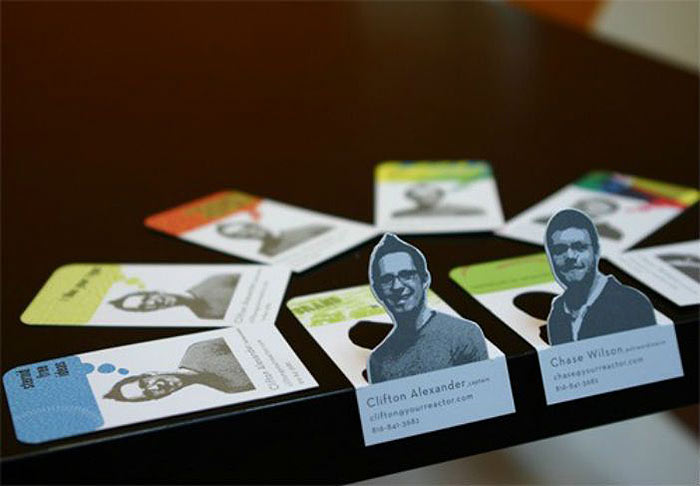
When you hand someone your business card, you’re giving them a small, but important introduction to who you are. Much like resumes and cover letters,

(How to Become the Go-to Source for Local Reporters When They Need a Real Estate Expert) When you see someone quoted or interviewed by a
Depending on your situation, it may not take the full 30 minutes.

This reset password link has expired. Check the latest email sent to you.

